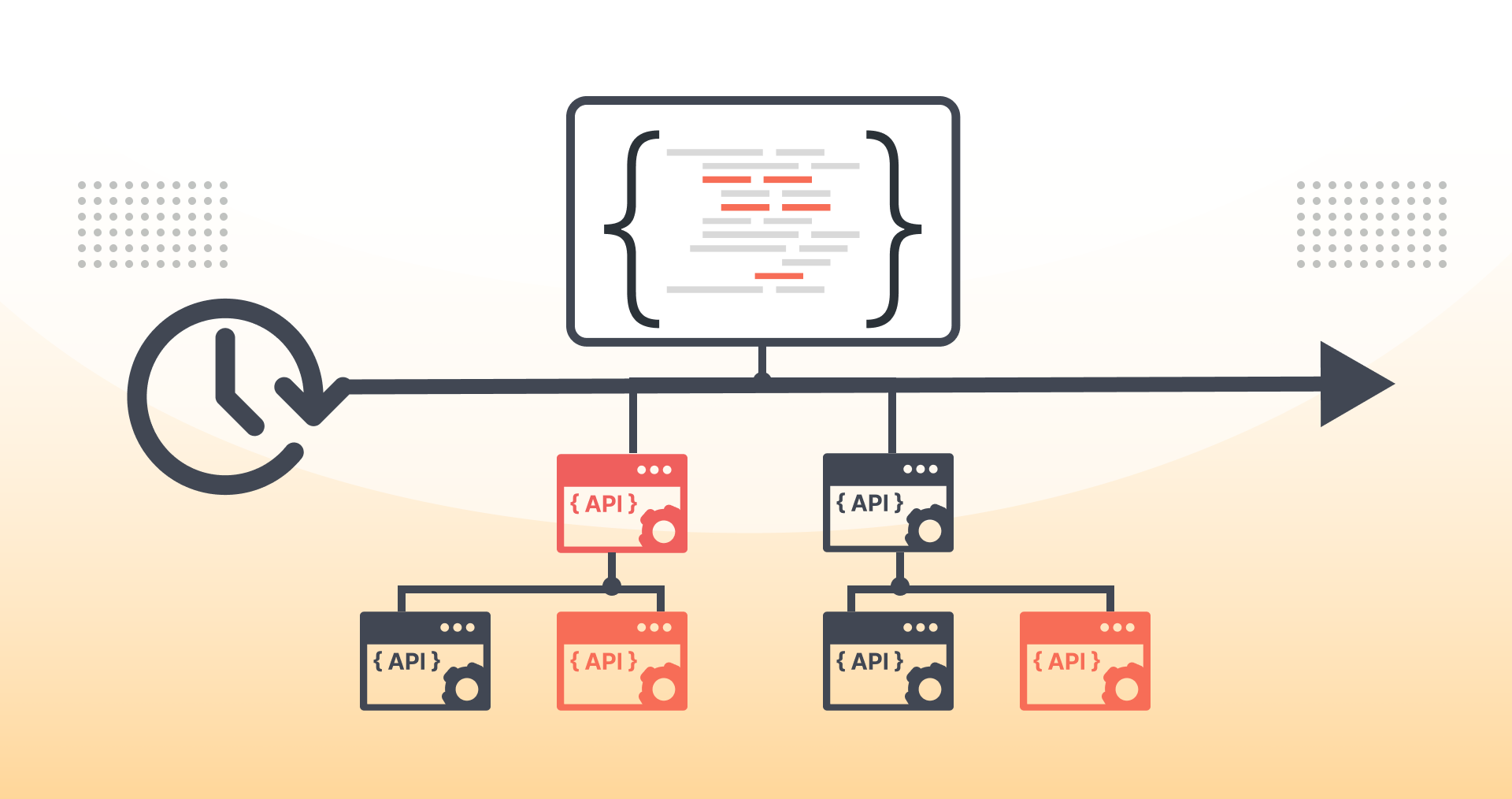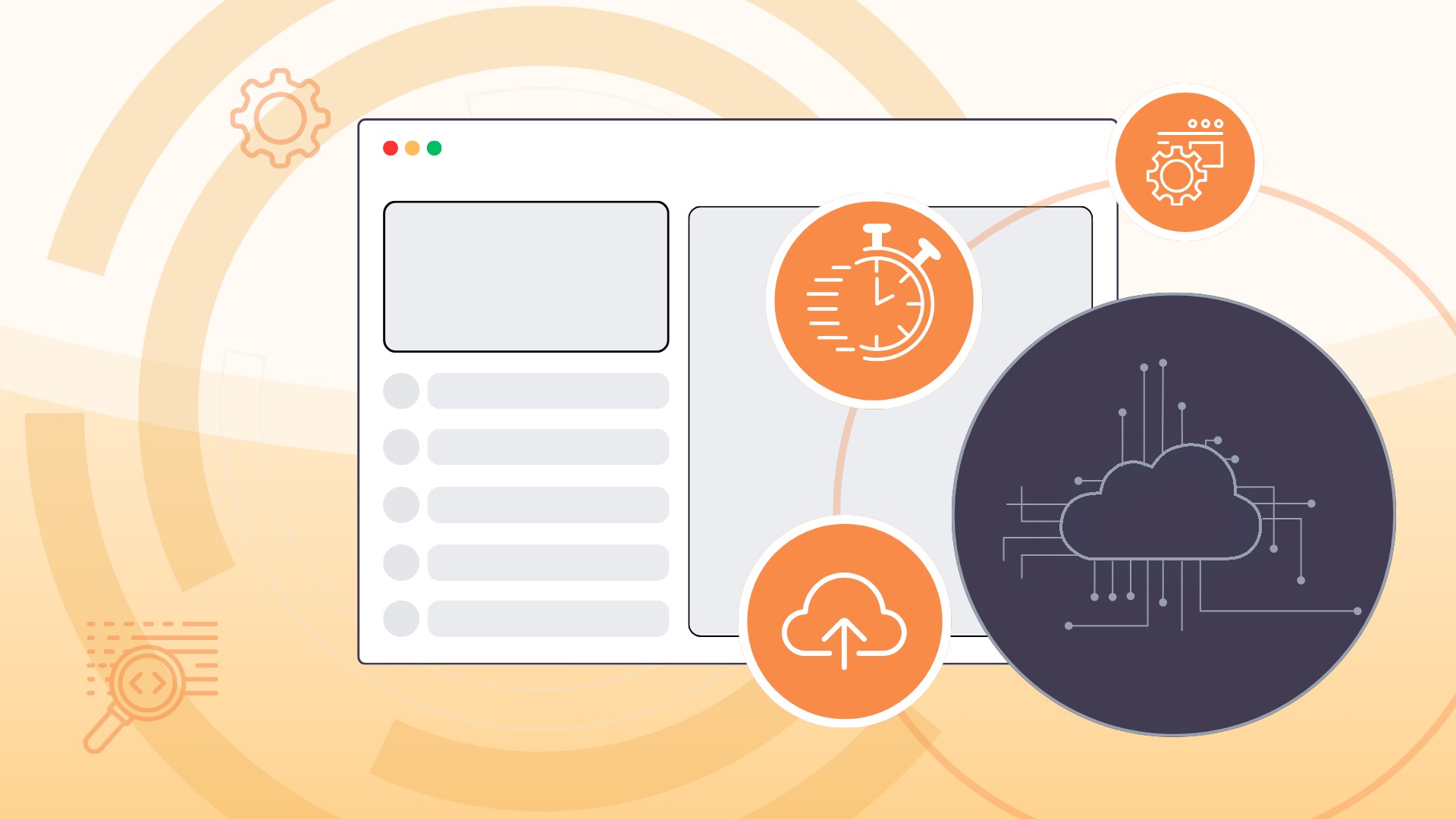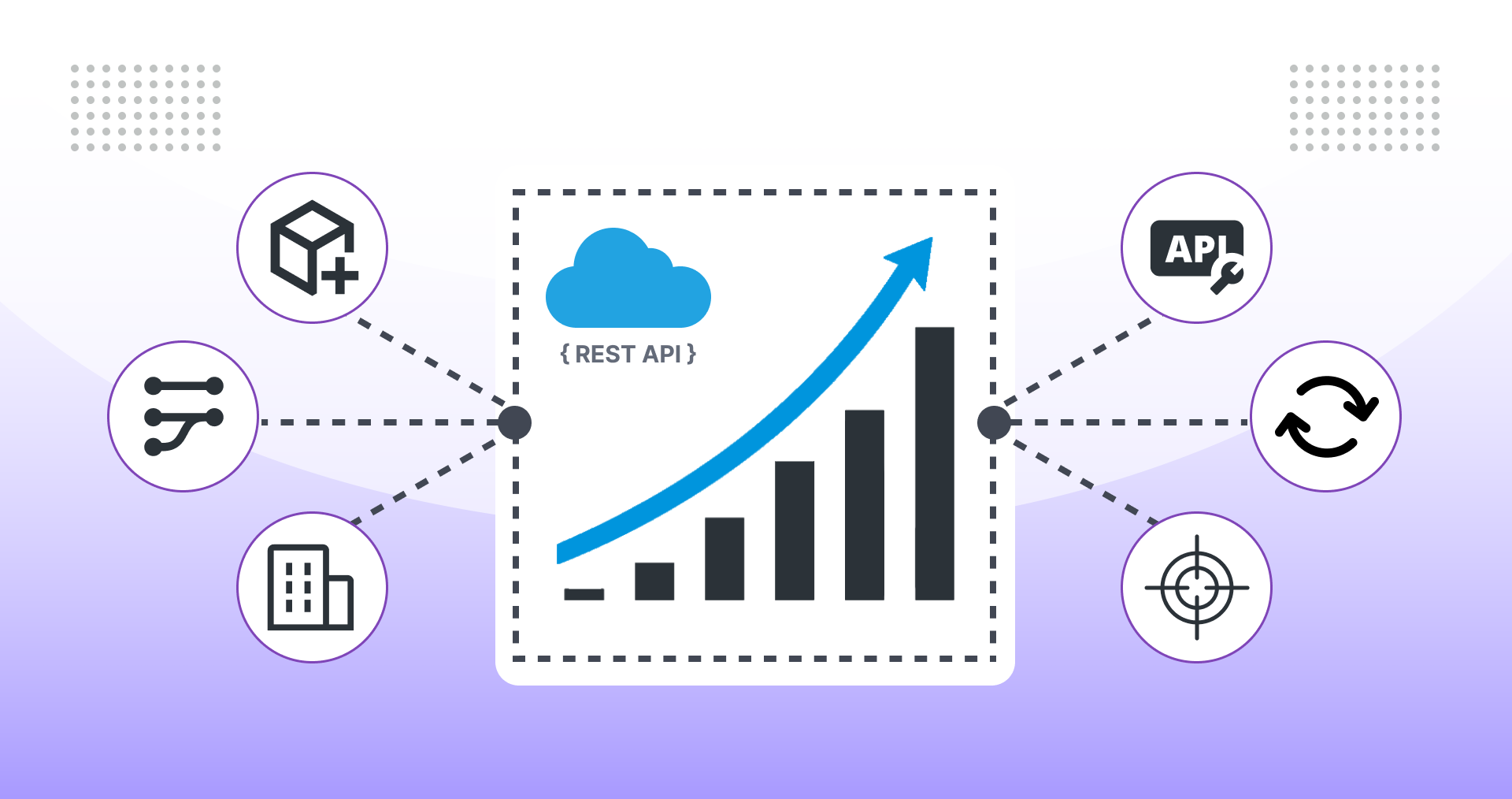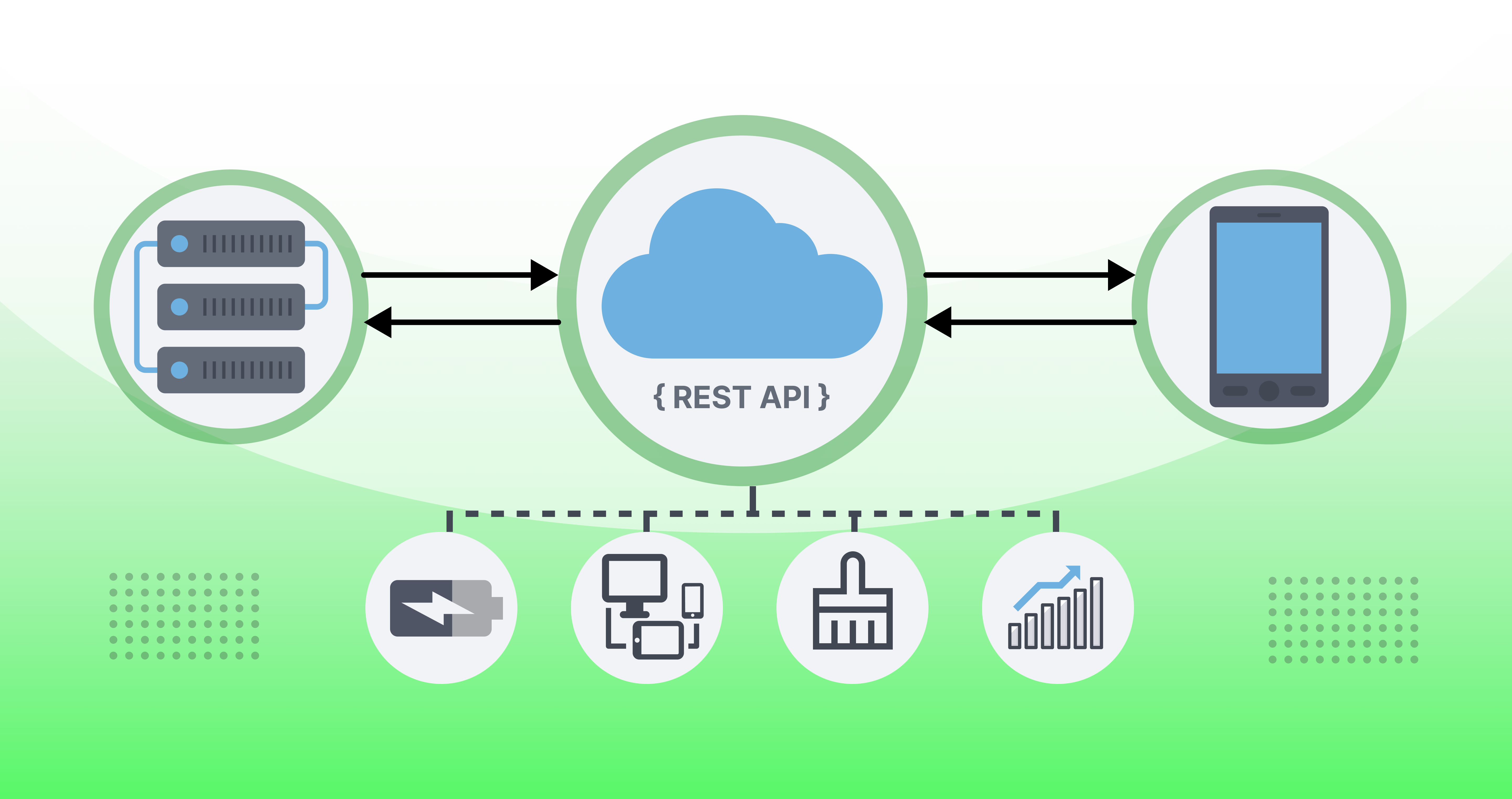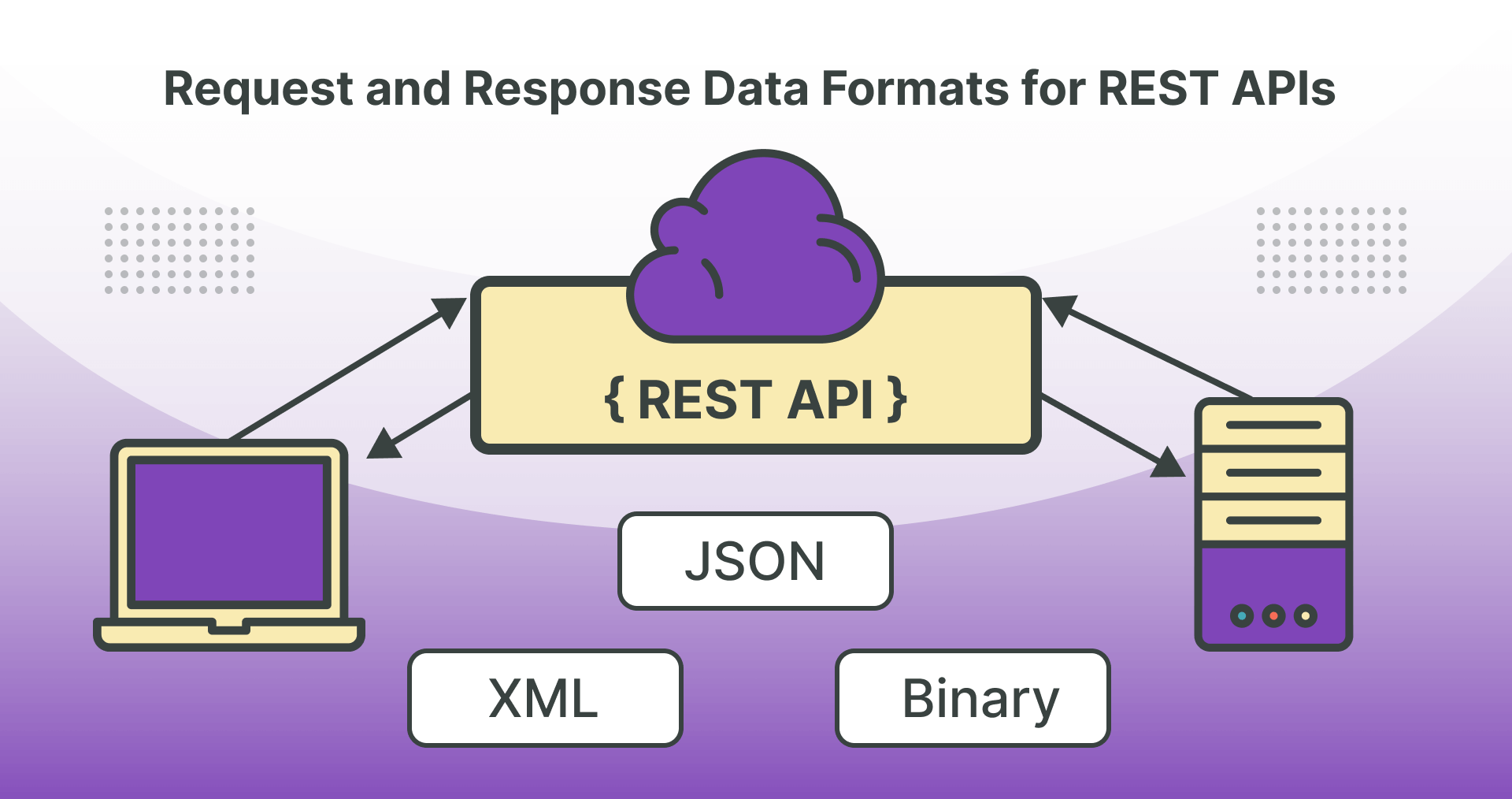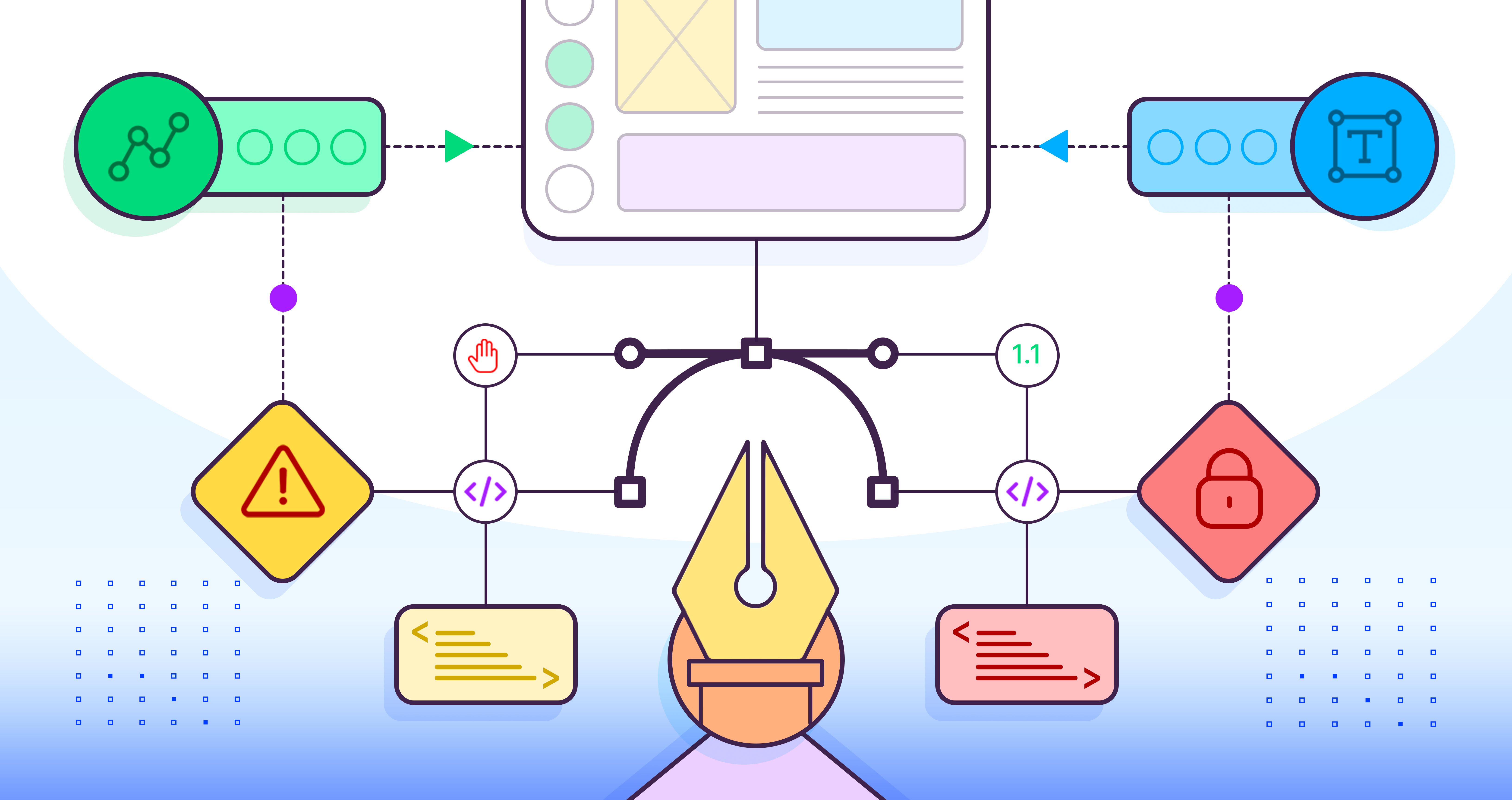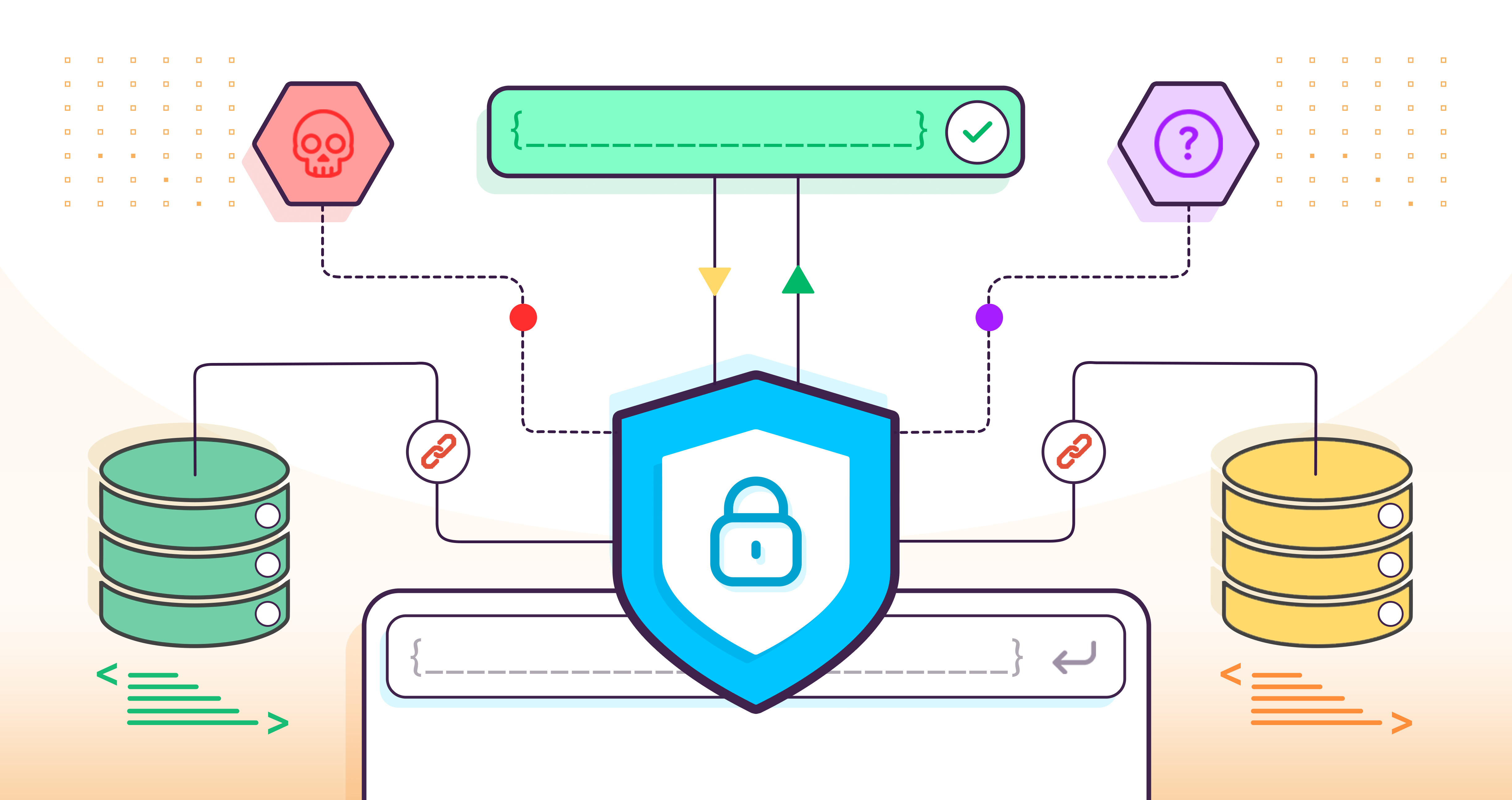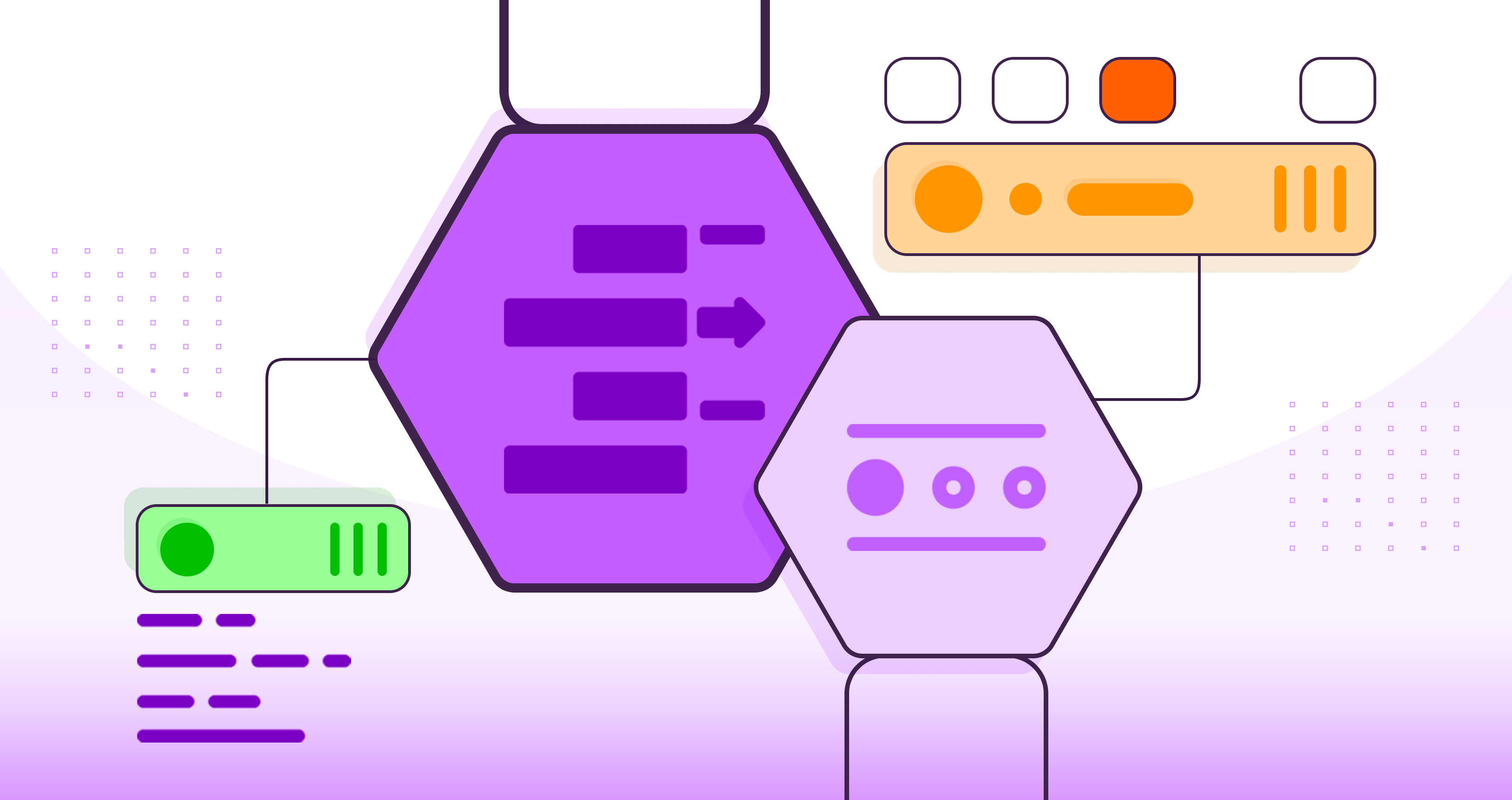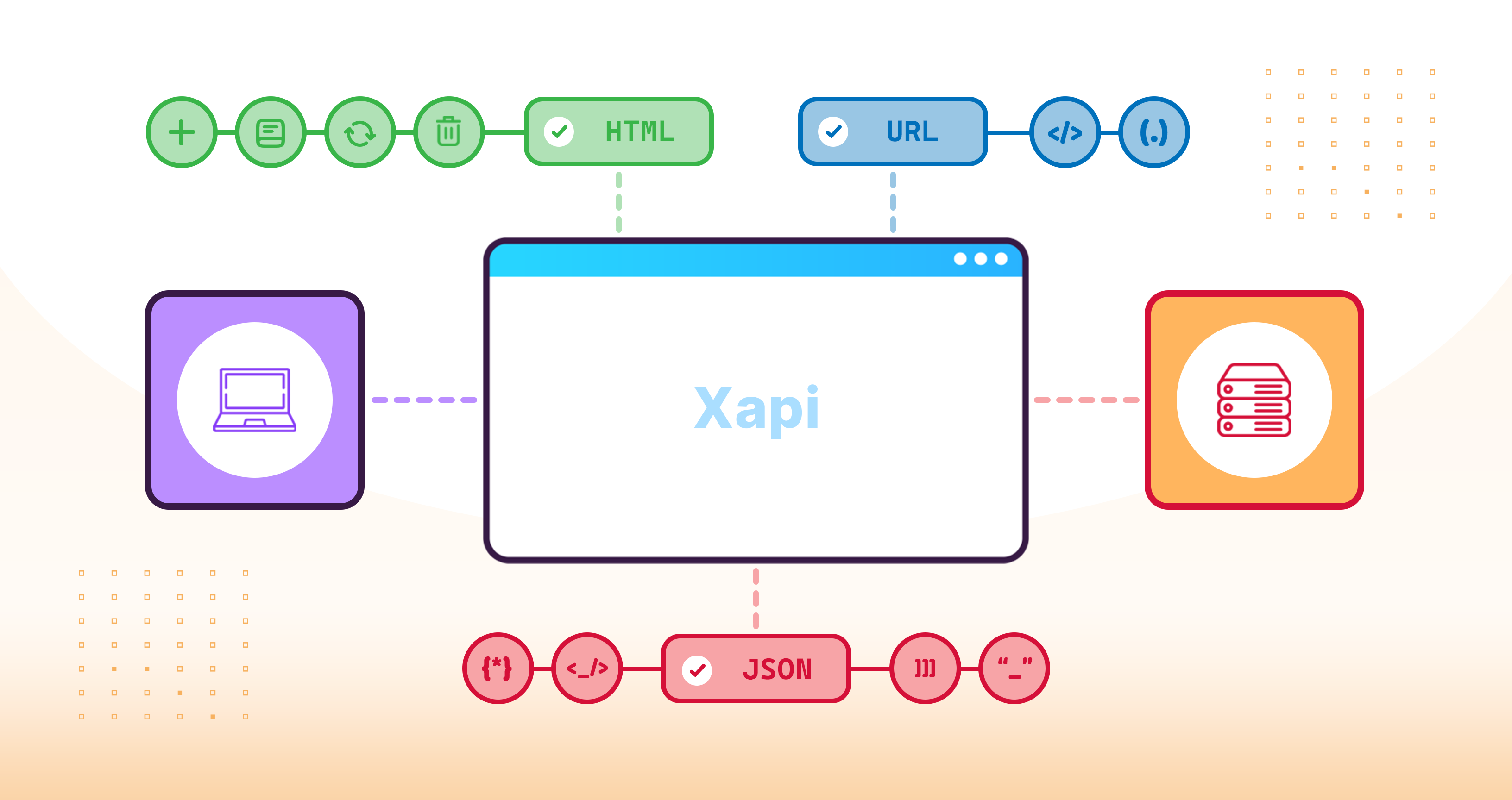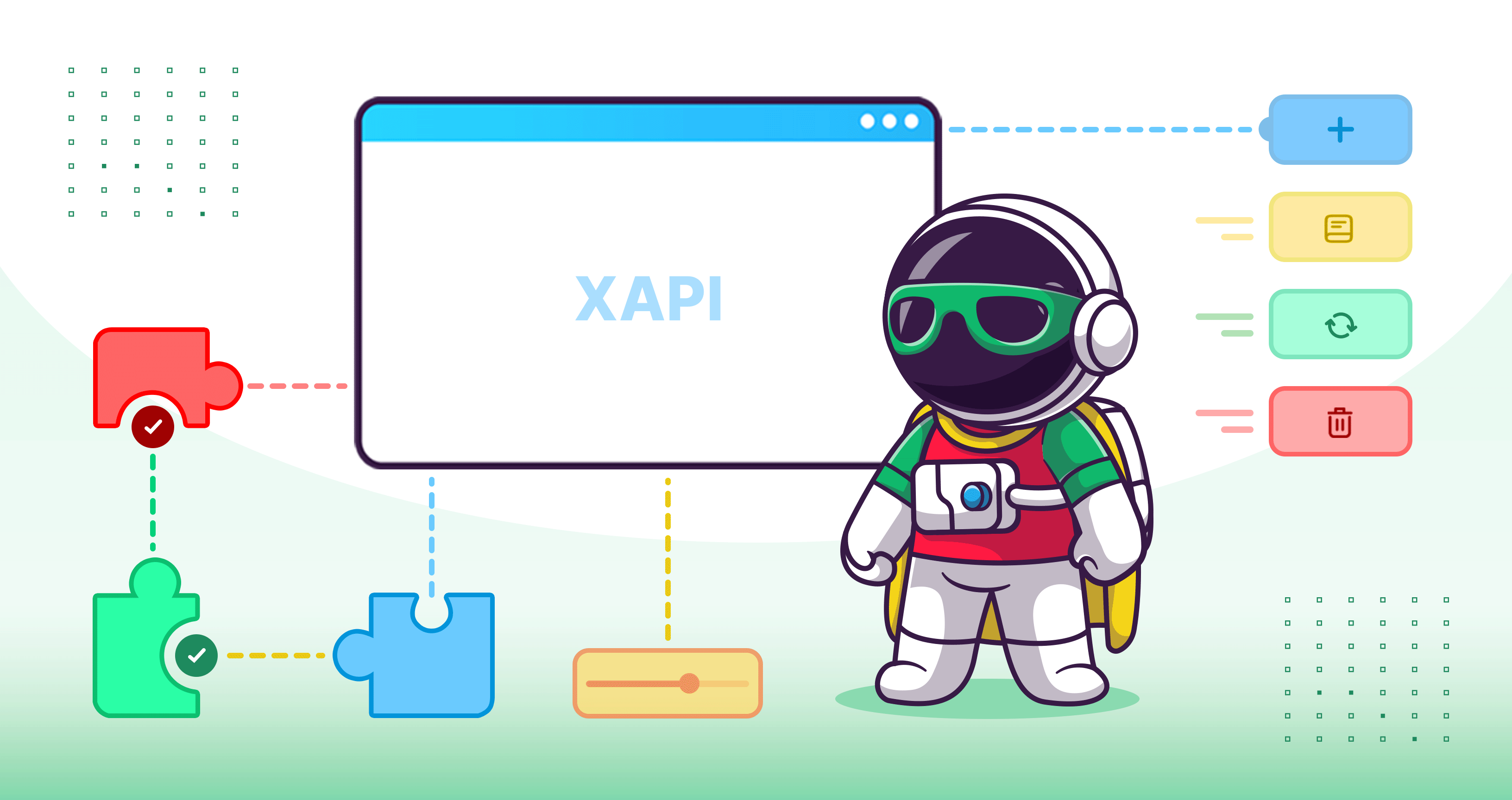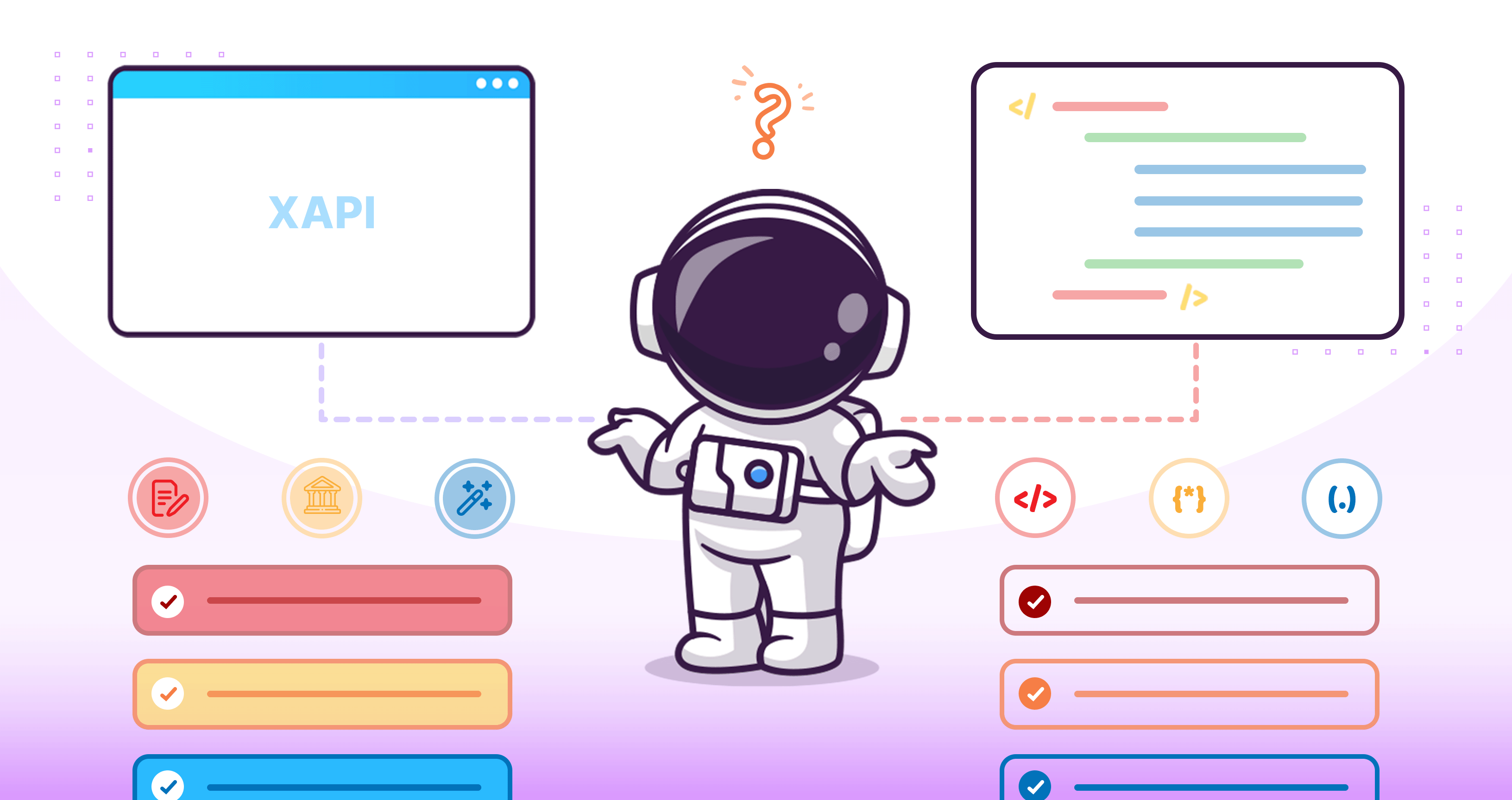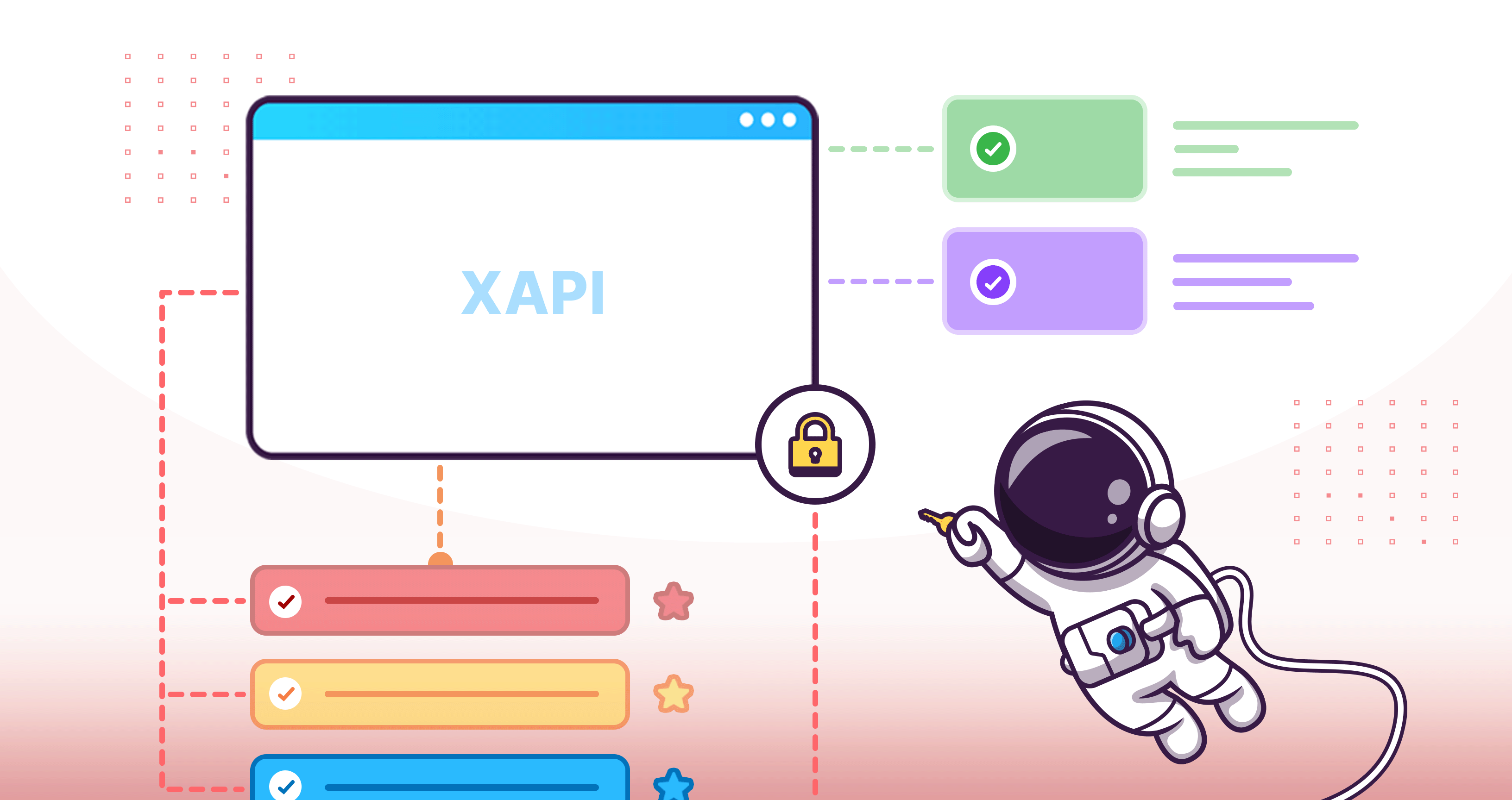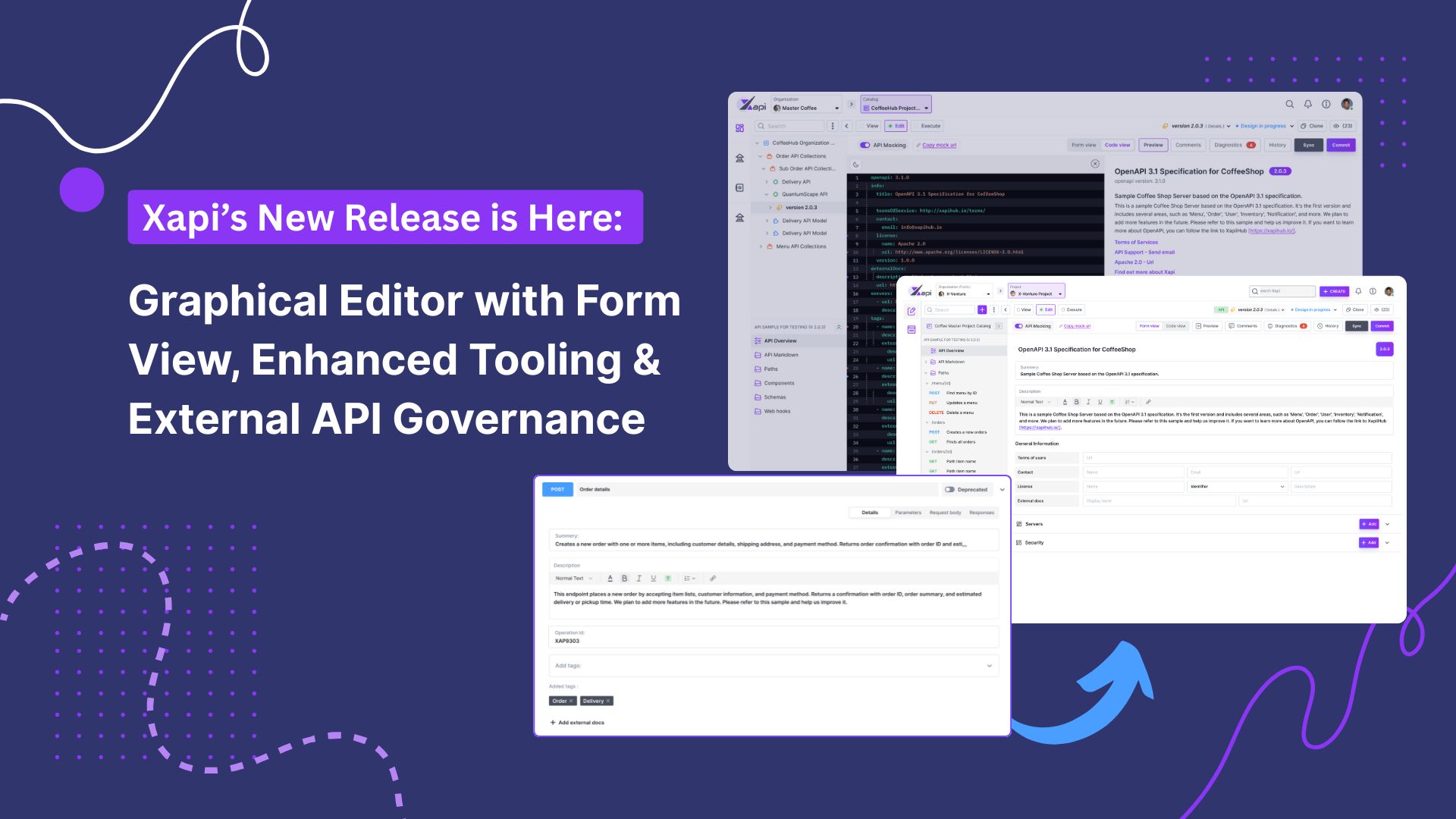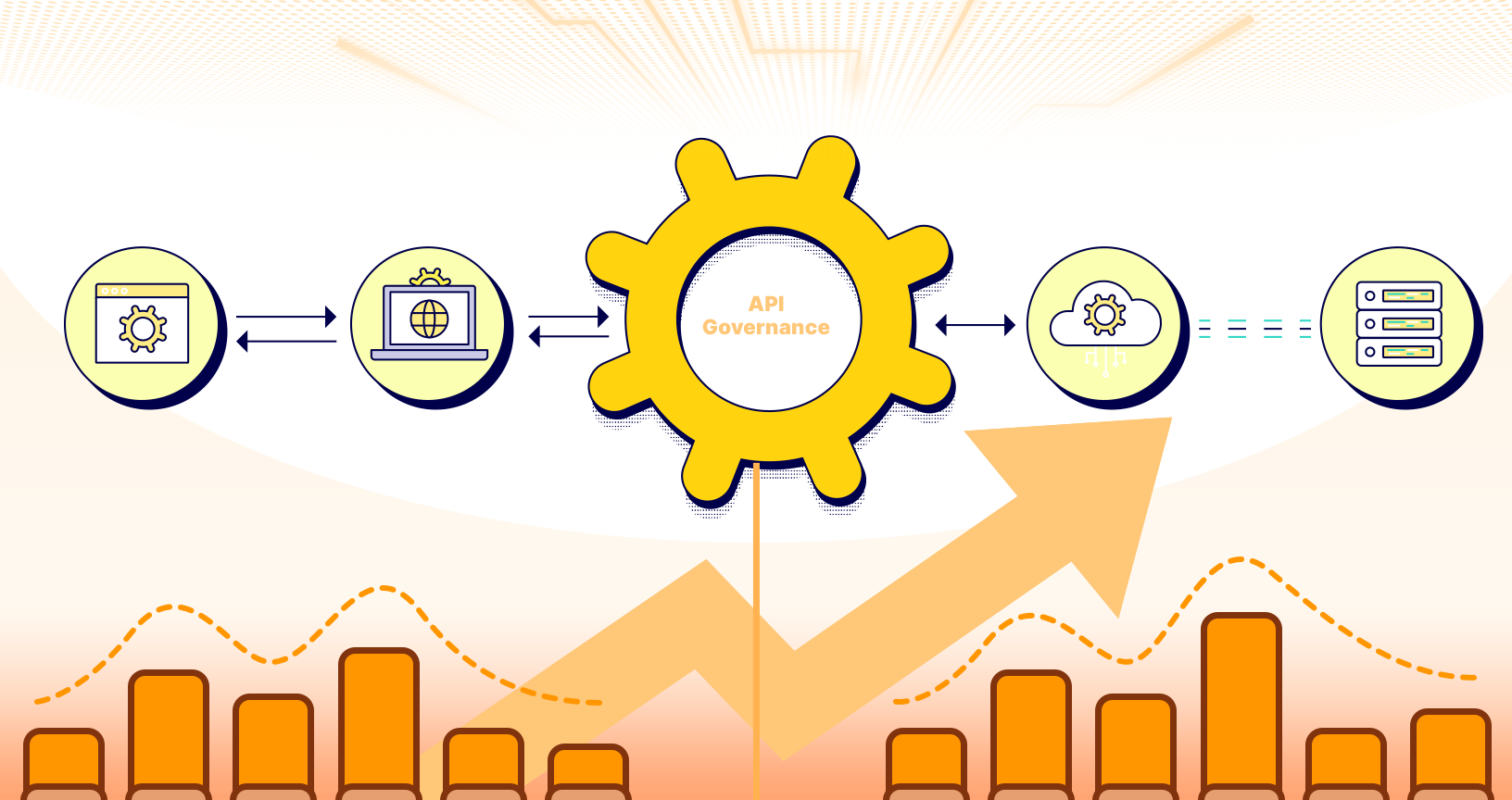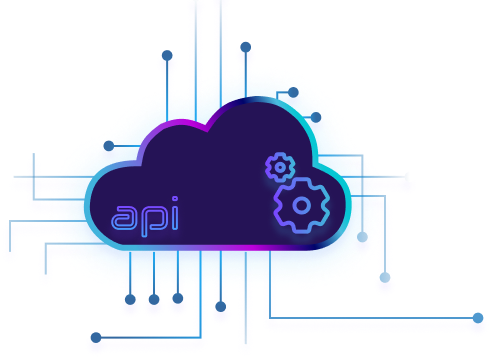Gracefully handling errors in REST APIs

Shirantha Jayasooriya
04 October,2023 •
7 mins read
In the world of web development, designing robust and reliable RESTful APIs is crucial for creating successful applications. A significant aspect of building such APIs is handling errors effectively. In this blog post, we'll delve into the best practices for designing error responses and handling errors in RESTful APIs. Whether you're a seasoned developer or just getting started, understanding these principles will help you create APIs that are more user-friendly, maintainable, and secure.
The Importance of Error Handling in REST APIs
Before we start to explore the error handling techniques, let’s first try to understand the importance of error handing in REST APIs
-
User Experience
Error handling in RESTful APIs plays a vital role in enhancing the overall user experience. When something goes wrong, users and developers need clear and informative error messages to understand the issue. A well-designed error response should guide them on how to rectify the problem.
-
Security Considerations
Security is a paramount concern in web development. Inadequate error handling can lead to information leakage, potentially exposing sensitive data or revealing details about the API's internal workings. Proper error handling prevents such security vulnerabilities.
-
Maintainability and Collaboration
Consistent error handling practices contribute to the maintainability of your API codebase. They make your code easier for other developers to understand and collaborate on. This is especially important when working on team projects or maintaining APIs over time.
Now that we have a clear idea of the importance of error handing in REST APIs, let’s explore error response designing.
Designing Error Responses in REST APIs
Following are some best practices to consider when designing error responses in REST APIs.
-
Use Standard HTTP Status Codes
HTTP status codes are an integral part of RESTful API design and convey the outcome of a request. Here's a more detailed breakdown of some commonly used status codes:
-
200 OK: This status code indicates a successful request.
-
400 Bad Request: Use this when the client sends a malformed request, such as missing or incorrect parameters.
-
401 Unauthorized: It signifies an authentication failure, indicating that the user is not authenticated or lacks proper authorization.
-
403 Forbidden: This status code indicates that the client is authenticated but does not have permission to access the requested resource.
-
404 Not Found: This is used when the requested resource is not found.
-
500 Internal Server Error: This code signifies that the server encountered an unexpected error. However, it's a bit too generic and should be avoided when possible.More specific error codes can provide better insights.
-
Provide Descriptive Error Messages
In addition to status codes, include clear and informative error messages in the response body. These messages should not only state that an error has occurred but also offer details about what went wrong. A user-friendly message helps developers and users to understand the issue and potentially resolve it without extensive troubleshooting.
{
"error": "Invalid input: Missing 'email' parameter."
}
-
Include Error Codes
Assigning unique error codes to different types of errors can greatly assist in error identification and resolution. Developers can use these codes to programmatically handle specific error scenarios more effectively. It's a good practice to include both the error code and human-readable error message.
{
"error_code": "E001",
"error_message": "Invalid input: Missing 'email' parameter."
}
-
Offer Error Documentation
Creating a dedicated section in your API documentation for error codes, meanings, and potential solutions is a valuable resource for developers. It empowers them to understand and address errors efficiently, reducing support requests and improving developer satisfaction.
Handling Errors in REST APIs
Let’s learn how to effectively handle errors in REST APIs!
-
Centralized Error Handling
Implement a centralized error handling mechanism within your API. This can be achieved through middleware or a dedicated error handling component. Centralization ensures uniform error processing and simplifies maintenance.
-
Log Errors Effectively
Logging errors is essential for debugging and monitoring your API in production environments. Log relevant information such as error codes, timestamps, user IDs, and stack traces. This information aids in diagnosing and resolving issues swiftly.
-
Avoid Exposing Sensitive Information
Ensure that error messages do not inadvertently reveal sensitive information about your server infrastructure or internal implementation. Craft error messages to be informative without disclosing unnecessary details.
-
Rate Limiting and Throttling
To protect your API from abuse or overuse, consider implementing rate limiting and throttling mechanisms. When users or clients exceed their allocated limits, return an appropriate error response (e.g., 429 Too Many Requests) to encourage responsible usage.
-
Graceful Degradation
In some situations, it's beneficial to implement graceful degradation. This means that when facing non-critical errors, your API can provide partial responses or fallback data instead of failing the entire request. This strategy improves the user experience when a full response is not possible.
Conclusion
In conclusion, error handling and error response design are foundational aspects of RESTful API development. Implementing the best practices outlined above will help you create APIs that are user-friendly, secure, and maintainable. Keep in mind that error handling is an ongoing process that requires regular review and improvement as your API evolves. Prioritize error handling to ensure a seamless and reliable user experience for your API consumers.

Shirantha Jayasooriya
Software Engineer at X-Venture



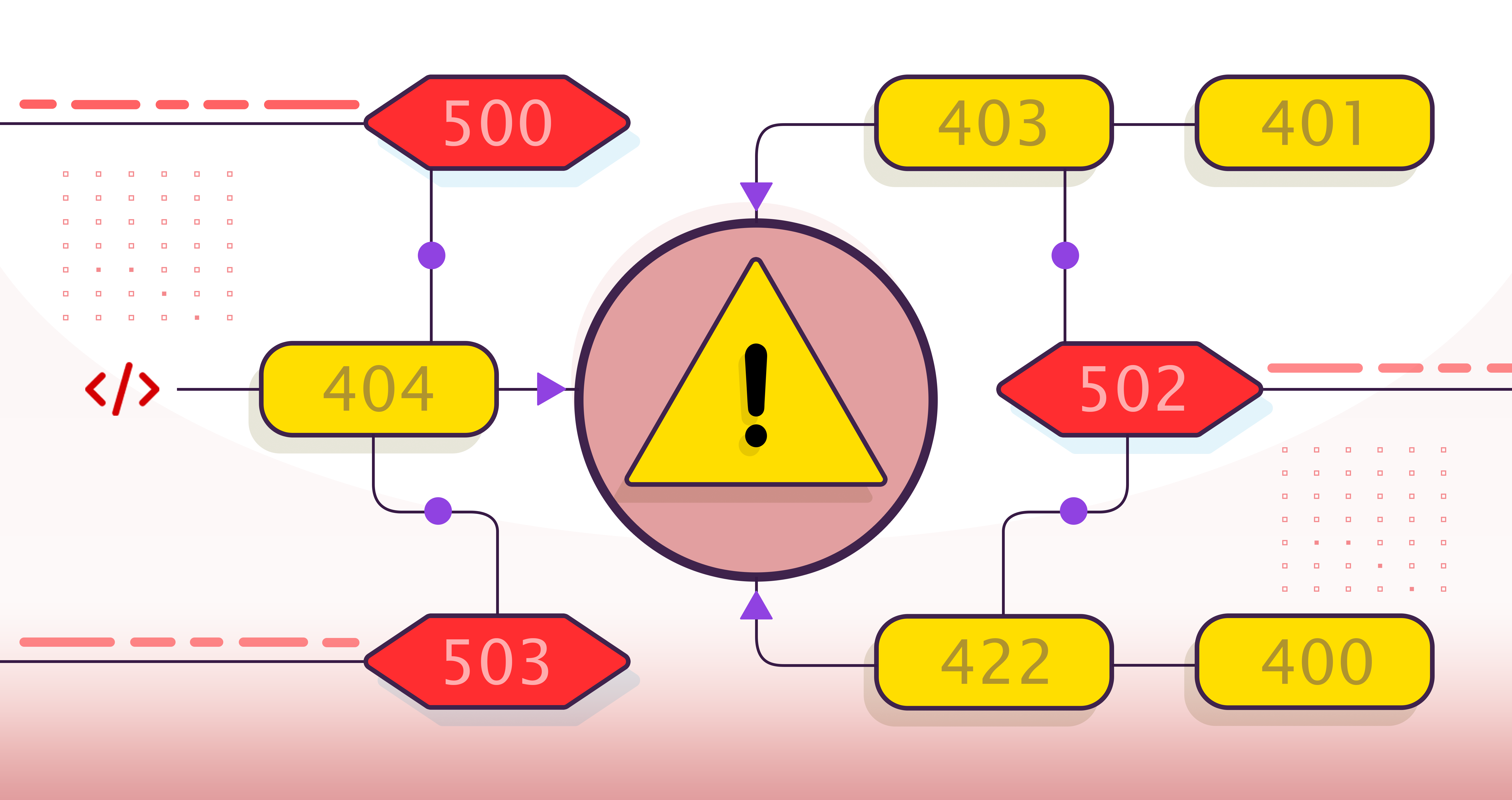

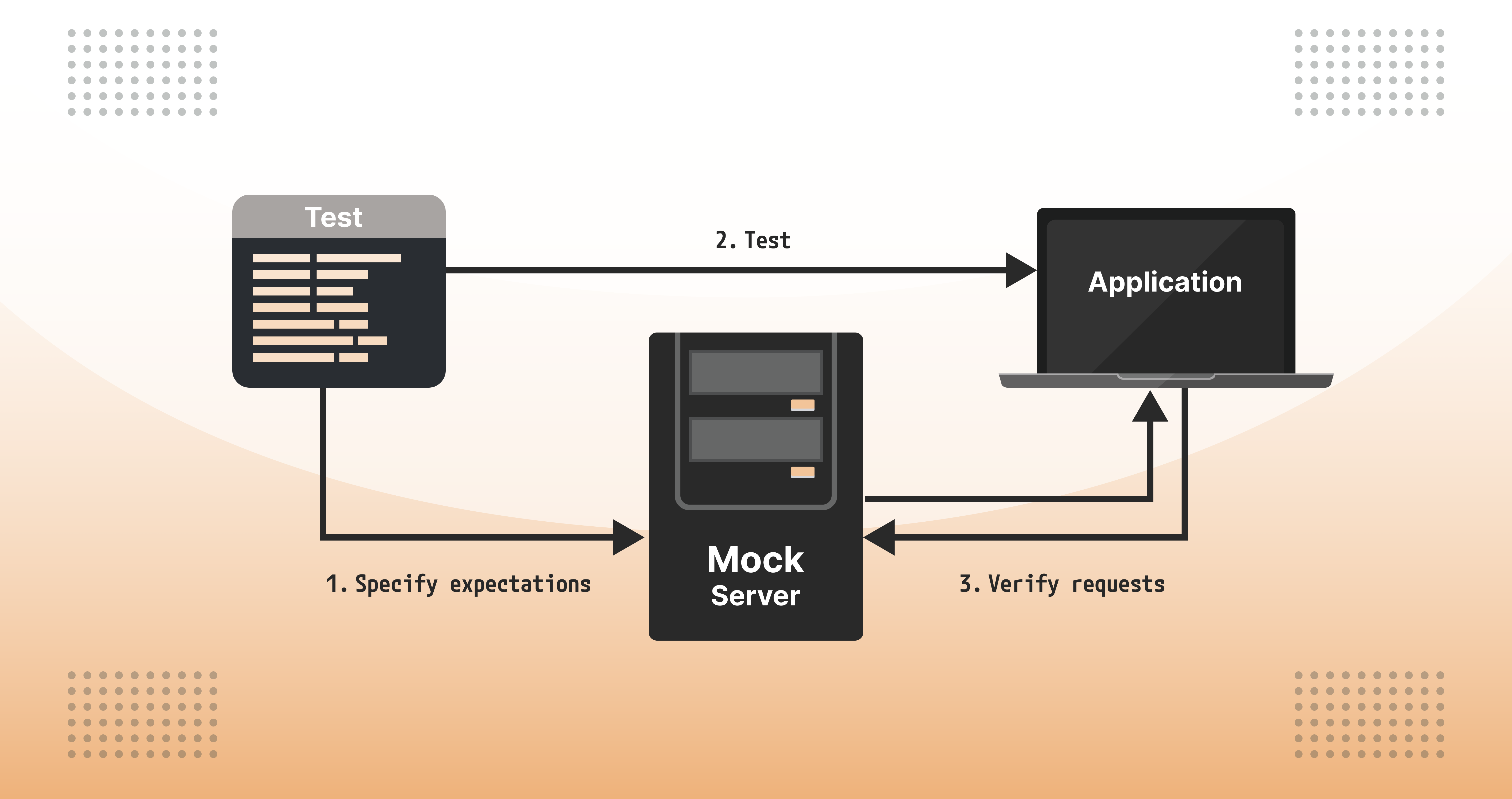
.jpg)

.png)
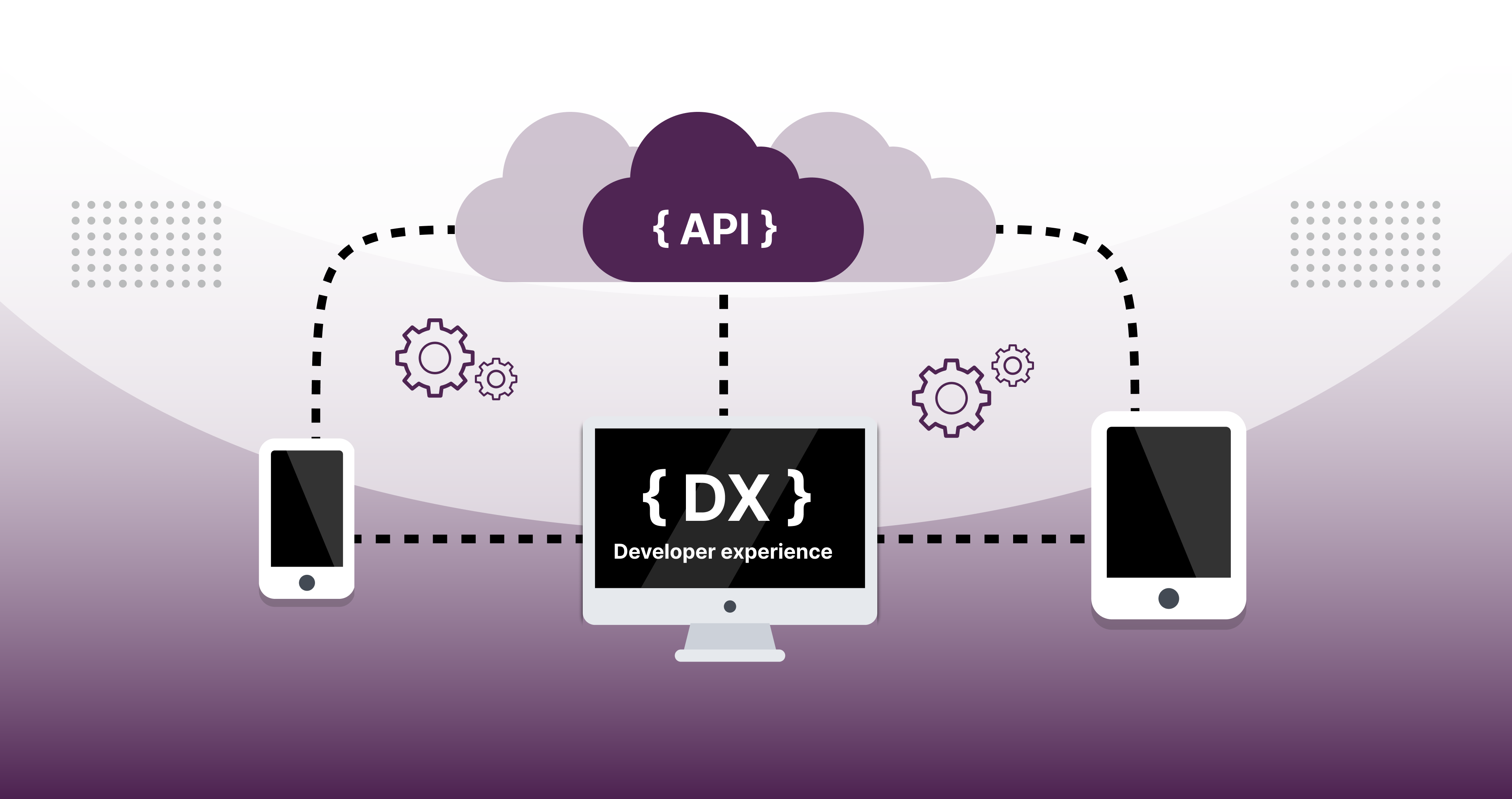

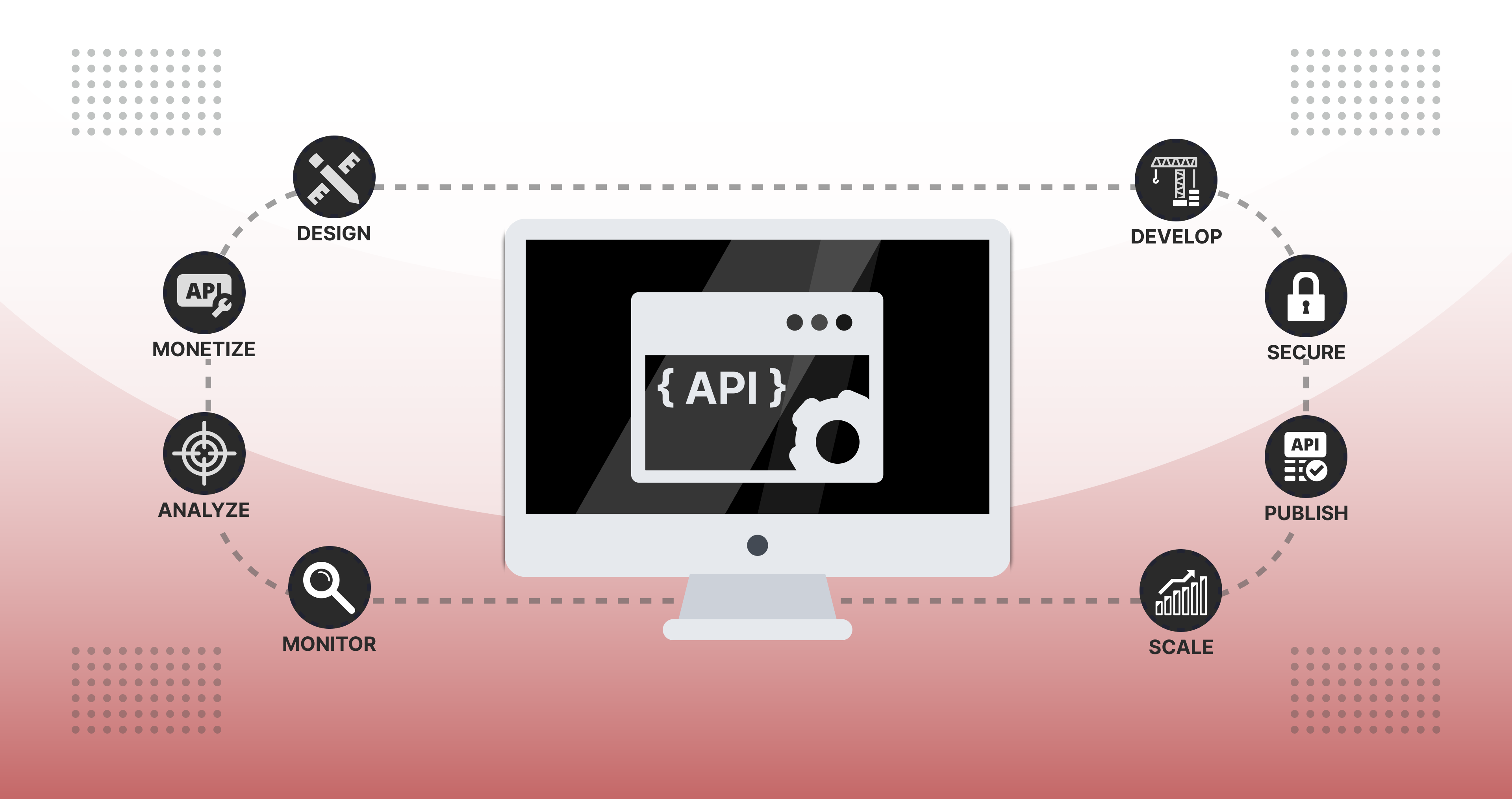
.jpg)
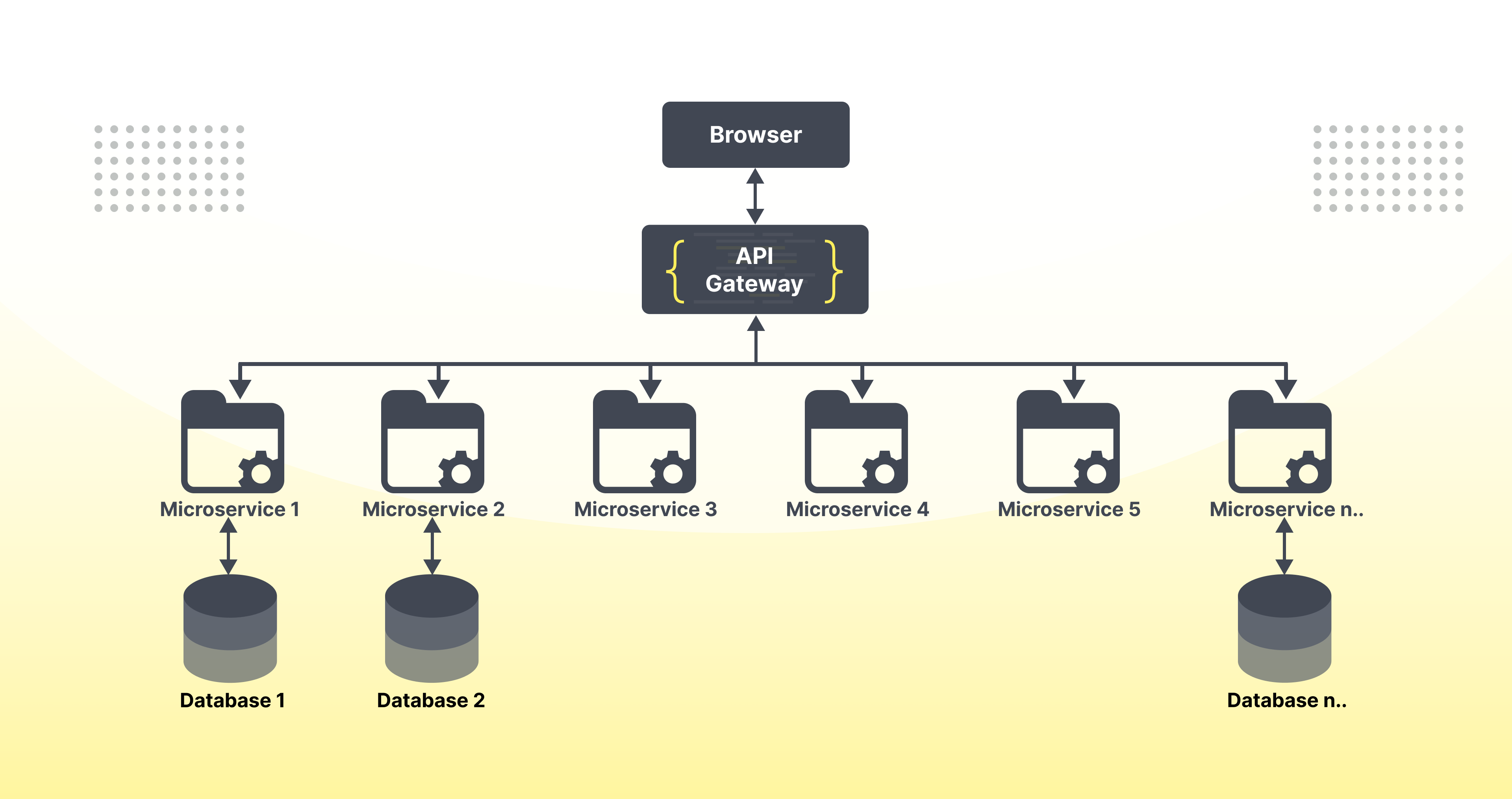

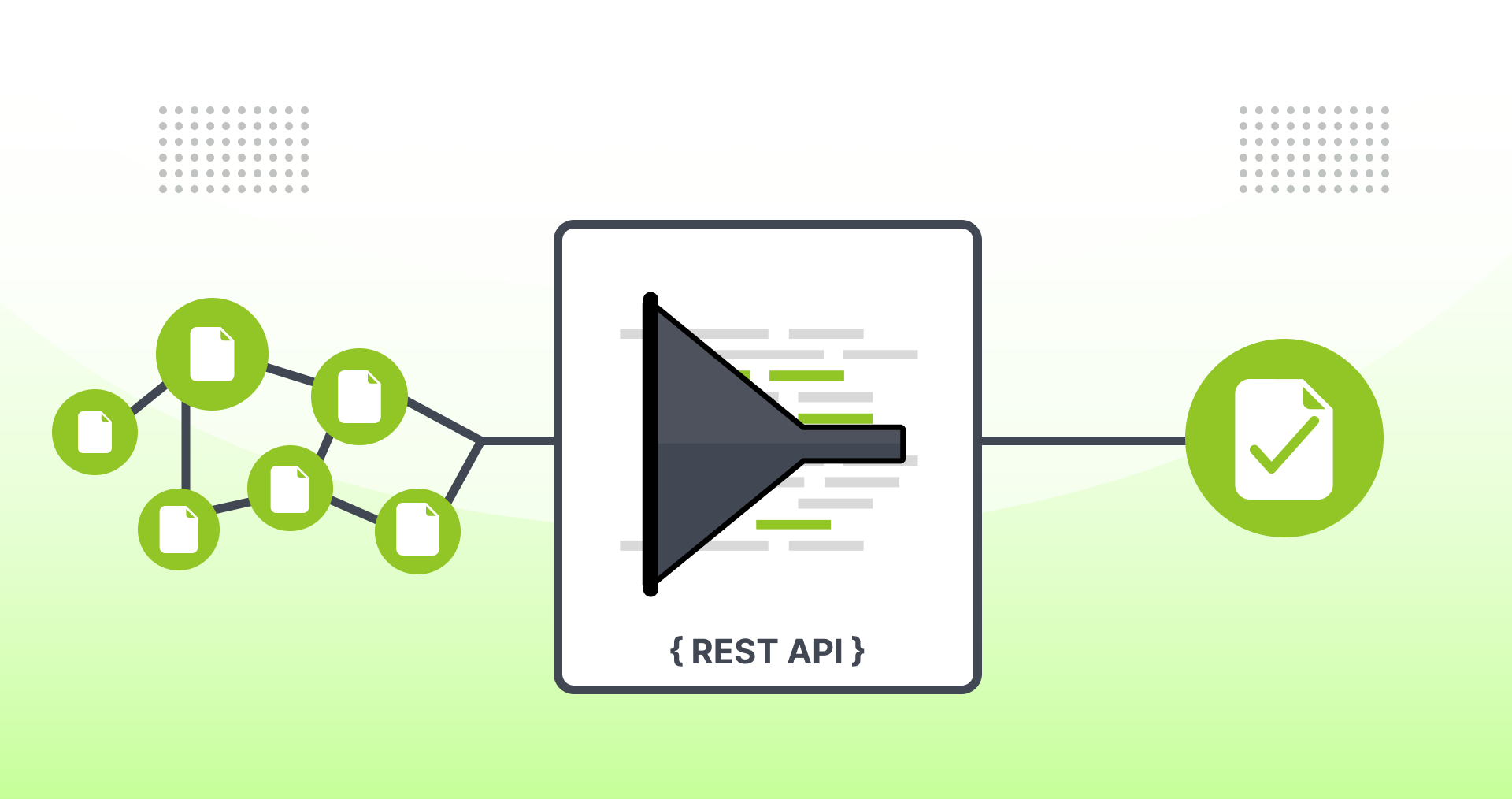
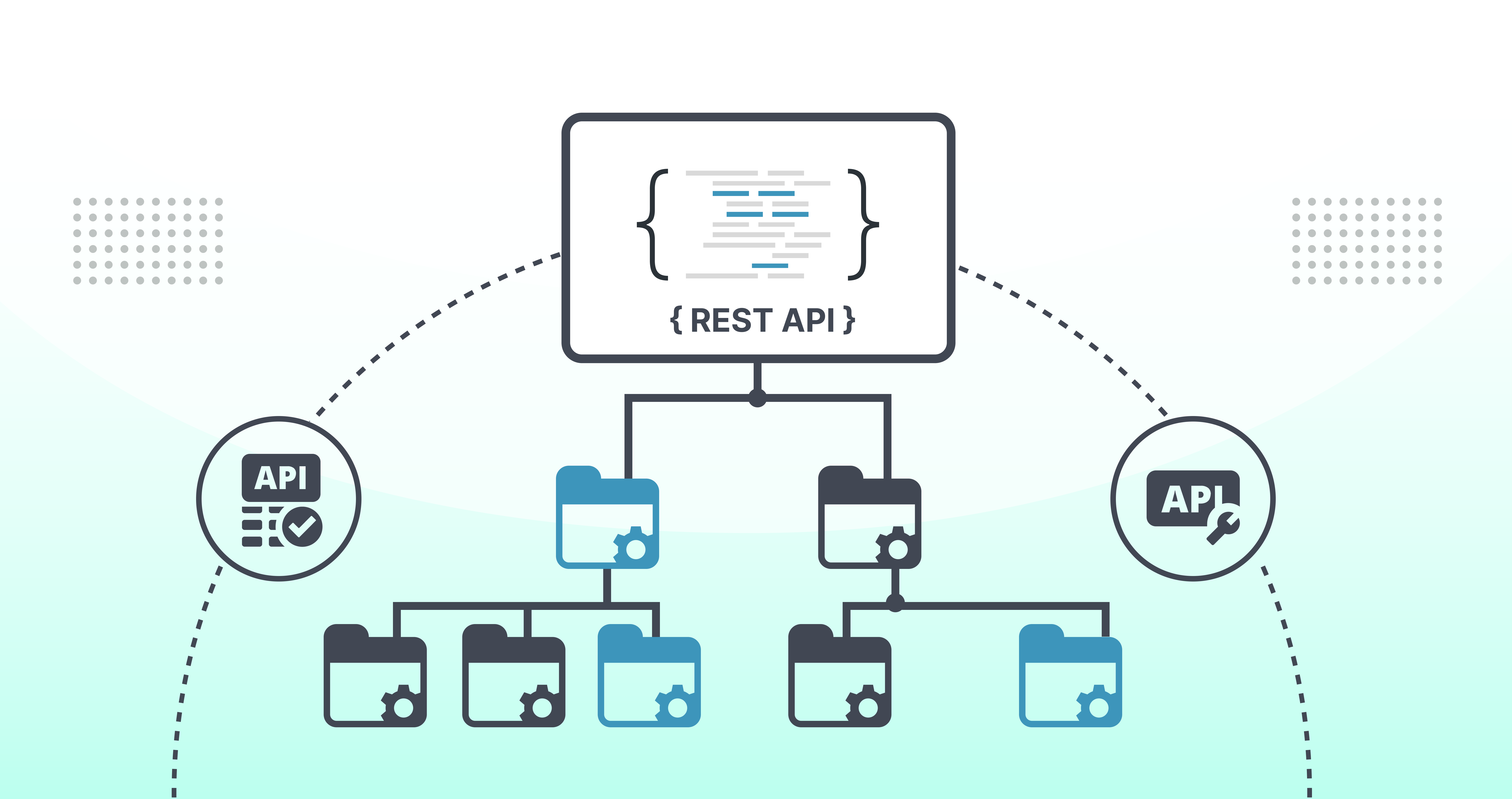

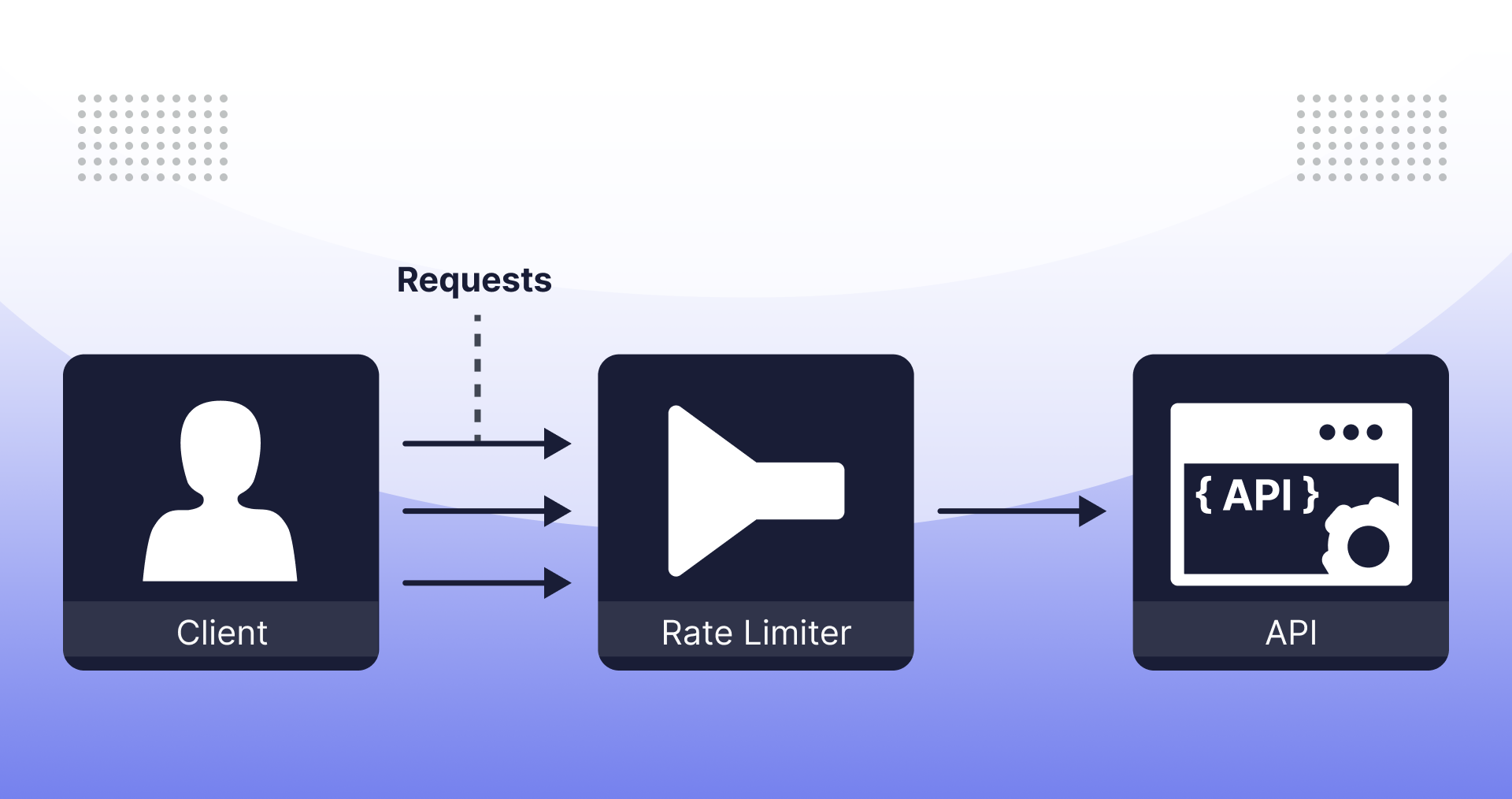

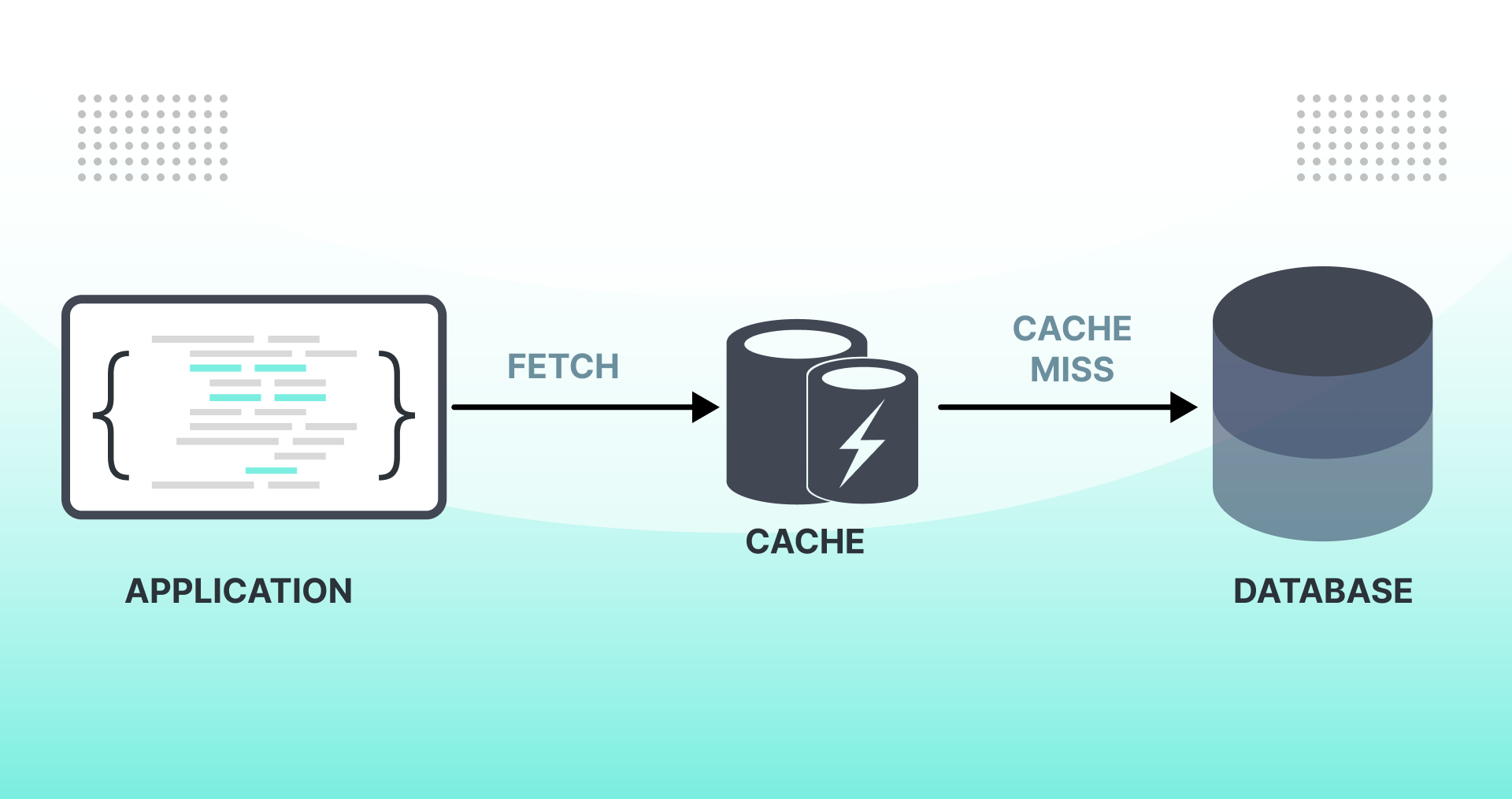

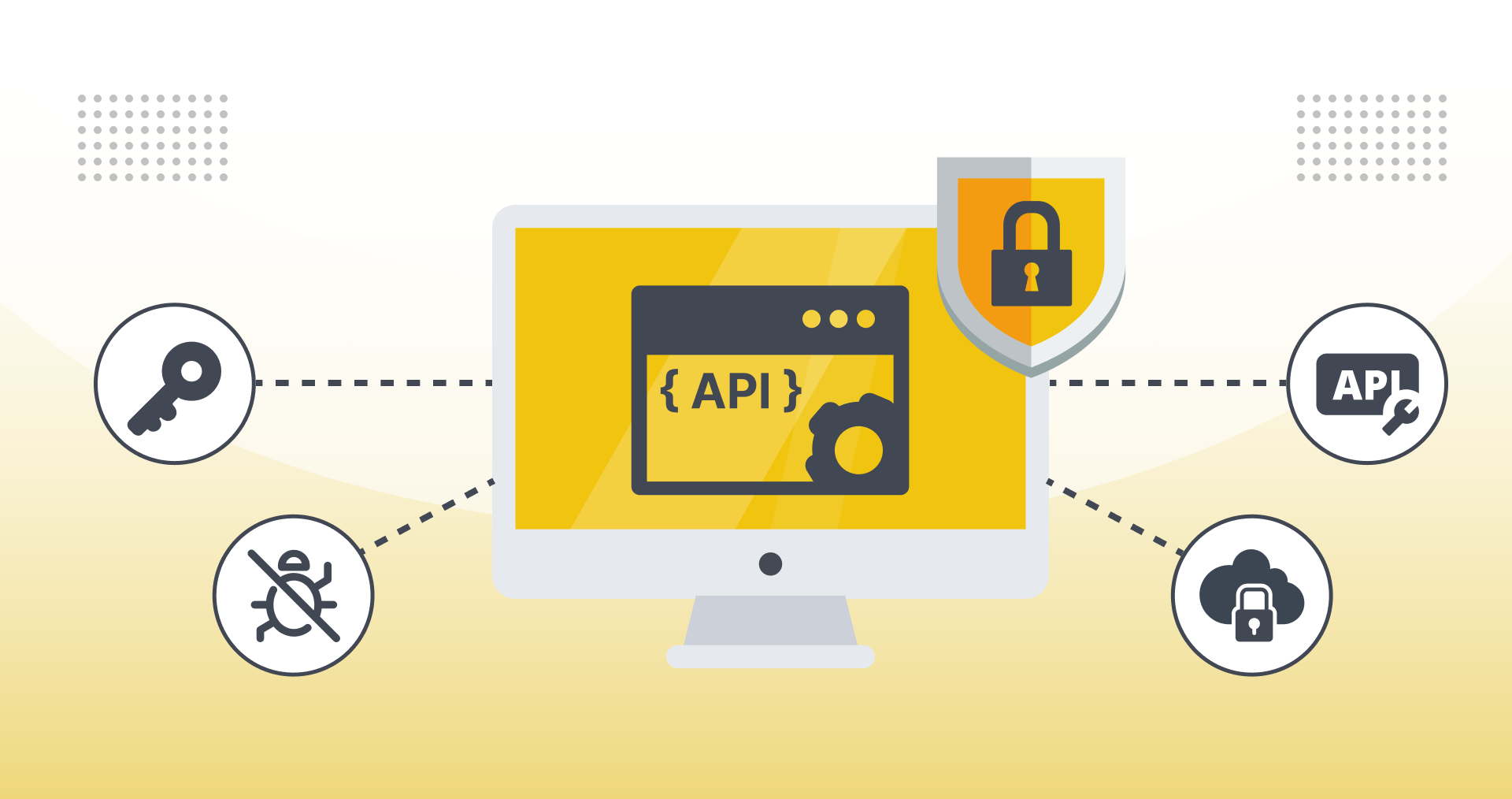

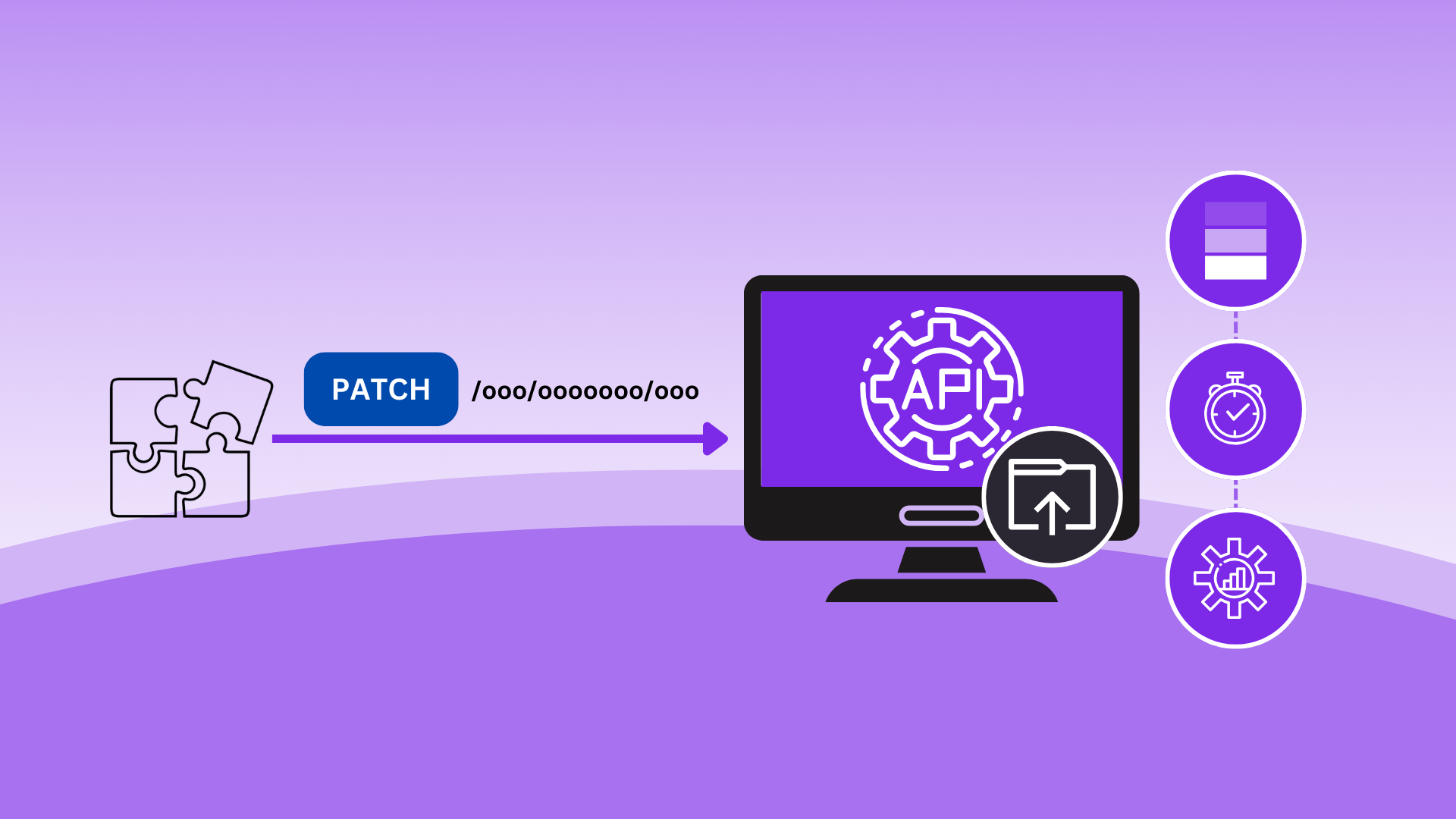
.jpeg)
